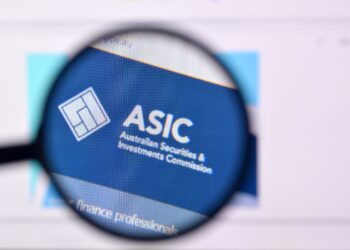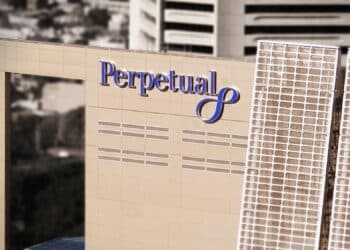The Australian Securities and Investments Commission (ASIC) has issued a new Class Order on reporting requirements for individuals holding Australian Financial Services Licences (AFSL).
The class order applies to the nature of the profit and loss statements that must be prepared and lodged by individuals compared to company’s, partnerships and trustees under a subsection of the Corporations Act 2001.
The class order permits an individual licensee to be excluded from the profit and loss statement revenues and expenses that do not relate to his or her financial services business i.e. An individual licensee could choose to exclude personal revenue and expenses and/or any that relate to other business they may have.
Alternatively, an individual licensee can choose not to rely on the Class Order and instead include in a profit and loss statement for all of their revenues and expenses, whether personal or business.
ASIC has also released a revised AFSL Profit and Loss Statement and Balance Sheet and a revised AFSL Audit Report and both take into account the recent policy changes.
Despite these developments ASIC highlights that an individual licensee must still prepare a balance sheet disclosing all of his or her assets and liabilities, including personal assets and liabilities and the assets and liabilities of any other business.





